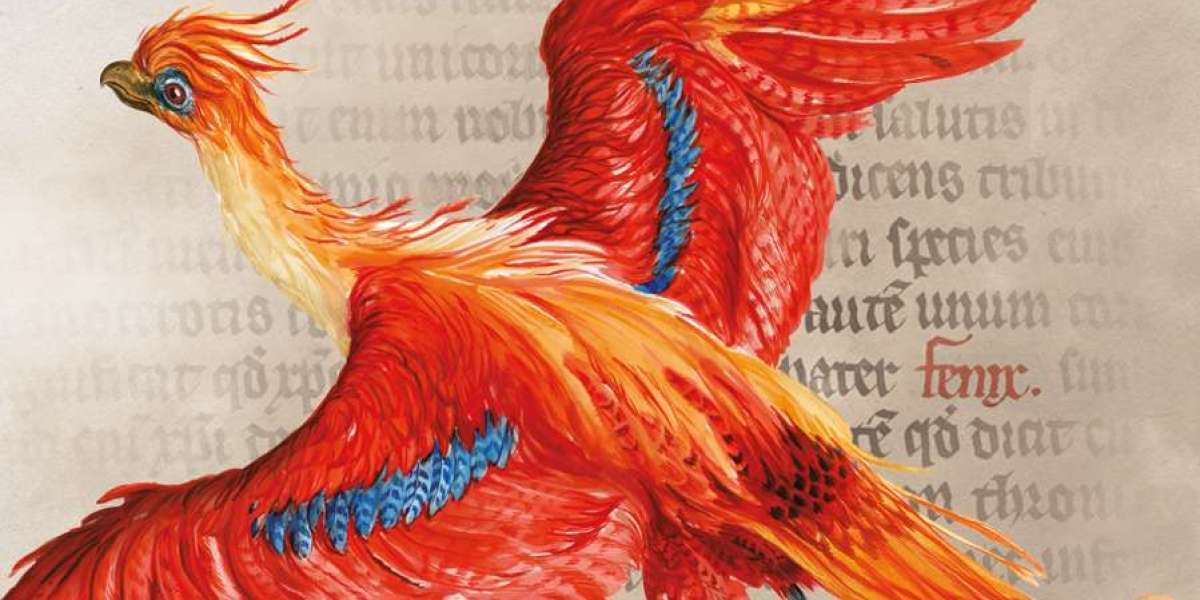Anime has grown into one of the most powerful entertainment industries worldwide, captivating audiences with vibrant visuals, compelling characters, and emotional storytelling. From television series and films to merchandise and conventions, anime influences art, fashion, and even technology. To truly understand this cultural phenomenon, we need to explore its journey. When we uncover The History of Anime, we see how it transformed from early Japanese experiments in animation into a worldwide pop culture giant.
Early Origins of Anime
The story of anime begins in Japan during the early 20th century. Inspired by Western animation techniques, Japanese filmmakers experimented with short animated films around 1917. Works like “Namakura Gatana” (The Dull Sword) introduced simple, humorous storytelling. These short films, although basic, laid the foundation for Japan’s unique animation style.
By the 1930s and 1940s, anime slowly gained recognition. Government support encouraged animated propaganda films during World War II, which shaped the industry’s growth. Although limited by resources, Japanese artists experimented with hand-drawn techniques that made their style different from Western cartoons.
Post-War Growth and the Birth of a New Style
After World War II, Japan faced economic hardship. Yet, creative minds like Osamu Tezuka—often called the “God of Manga”—sparked a revolution. Tezuka’s work in manga inspired adaptations into animation. In 1963, he introduced “Astro Boy,” Japan’s first major television anime series.
Astro Boy not only became a hit in Japan but also reached international audiences. This marked a turning point, proving anime could stand as a serious entertainment medium. The large eyes, exaggerated emotions, and unique visual storytelling that define anime today started with Tezuka’s influence.
The Golden Age of Anime in the 1970s and 1980s
Rise of Genres and Iconic Characters
The 1970s and 1980s are often called the golden age of anime. Shows like “Lupin III,” “Mobile Suit Gundam,” and “Candy Candy” expanded anime into different genres. From mecha (giant robots) to romance and adventure, anime offered something for everyone.
Studios such as Toei Animation and Sunrise led the charge, producing series that became cultural staples. This era also introduced long-running franchises, proving anime had the power to captivate fans for decades.
Anime Films Reach New Heights
During this time, Studio Ghibli emerged under directors Hayao Miyazaki and Isao Takahata. Their works like “Nausicaä of the Valley of the Wind” (1984) and later “My Neighbor Totoro” (1988) blended fantasy, environmental themes, and deep emotional storytelling. These films established anime as more than children’s entertainment; they became cinematic masterpieces.
Anime in the 1990s – The International Breakthrough
The 1990s marked the decade when anime exploded globally. Titles such as “Dragon Ball Z,” “Sailor Moon,” and “Pokémon” captivated international viewers. Television syndication introduced these series to millions of children across North America, Europe, and beyond.
Meanwhile, darker and more mature works like “Neon Genesis Evangelion” and “Cowboy Bebop” redefined anime for adults. They showcased philosophical depth, complex character development, and unforgettable soundtracks. Anime was no longer niche—it was global.
The Digital Age of Anime – 2000s to Present
Anime Streaming and Accessibility
With the rise of the internet and streaming platforms in the 2000s, anime became more accessible than ever. Services like Crunchyroll, Netflix, and Funimation brought Japanese shows to global audiences with subtitles and dubbing.
Fans no longer had to wait months for imported VHS tapes; they could watch episodes hours after their release in Japan. This accessibility fueled anime’s popularity and helped create massive international communities.
Global Recognition and Awards
Anime films such as “Spirited Away” (2001) won international acclaim, including an Academy Award. Other movies like “Your Name” (2016) and “Demon Slayer: Mugen Train” (2020) broke box office records, proving anime could rival Hollywood blockbusters.
The growing success of anime conventions worldwide further cemented its cultural significance. Cosplay, merchandise, and fan art flourished, turning anime into a global lifestyle.
Cultural Impact of Anime
Anime influences far more than entertainment. It shapes fashion trends, inspires music videos, and sparks collaborations with global brands. From streetwear collections featuring anime characters to mainstream artists referencing anime in their music, its impact runs deep.
Anime also promotes cultural exchange. Fans across the globe explore Japanese traditions, language, and history through their favorite shows. It acts as a bridge between cultures, creating global appreciation for Japanese creativity.
Interesting Facts About Anime
Japan produces more than 60% of the world’s animated television content.
Anime conventions attract millions of attendees every year worldwide.
“One Piece,” one of the most successful anime and manga series, has sold over 500 million copies globally.
The word “anime” comes from the English term “animation,” adapted by the Japanese.
Studio Ghibli’s films remain among the highest-grossing in Japanese cinema history.
Why Anime Remains Timeless
The enduring appeal of anime lies in its storytelling. Unlike many forms of media, anime blends imagination with deep themes. From epic battles to heartwarming friendships, it explores emotions that resonate universally. The ability to reinvent genres, address modern issues, and captivate multiple generations ensures anime’s lasting legacy.
Conclusion
The journey through The History of Anime reveals more than just an entertainment medium; it shows a global cultural force. From humble beginnings in the early 1900s to worldwide recognition today, anime reflects Japan’s creativity, resilience, and ability to inspire. Whether through emotional Studio Ghibli films or action-packed series like “Naruto” and “Attack on Titan,” anime continues to shape imagination and connect people everywhere.








